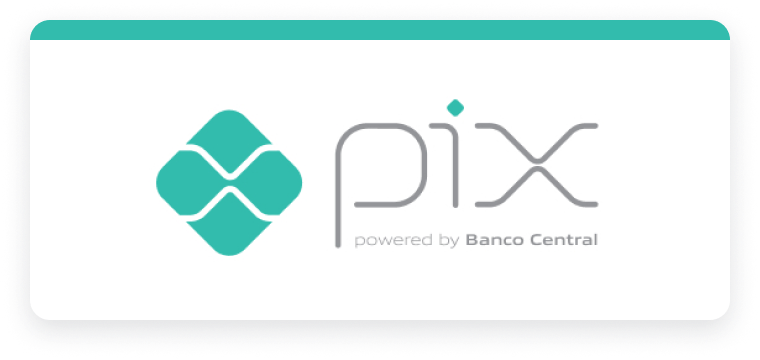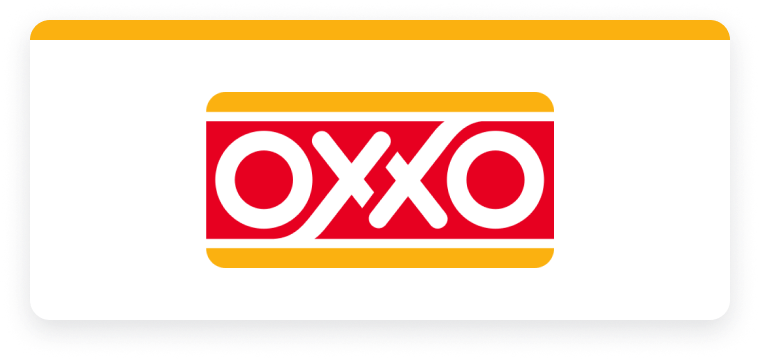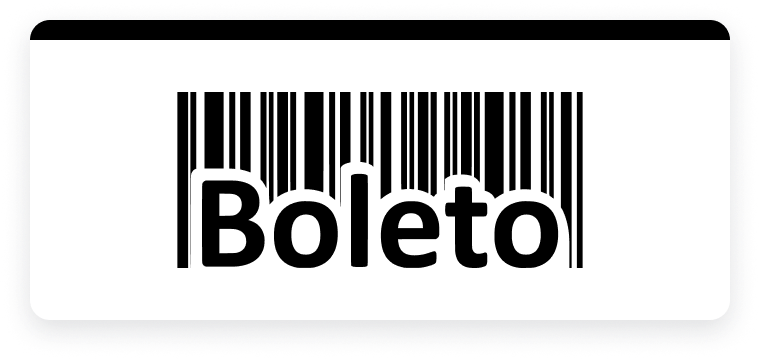Top 5 payment methods in Latin America in 2024
Are you looking to open or expand your business in the Latin American market? One of the essential aspects to consider is payment methods that resonate with the locals. This region has a wide range of preferences when it comes to payments, and understanding these preferences can be the key to success.
In this article, we’ll look at the top 5 payment methods in Latin America among Payop merchants and shed some light on their benefits for your business.
Pix
Pix is a Brazilian instant payment system that allows users to make transactions 24/7. Money transfers, bill payments, and online shopping are easily accessible through QR codes or by entering a transaction ID in online banking or apps.
Introduced by the Central Bank of Brazil, Pix has gained immense popularity due to its speed and convenience, making it one of the most preferred methods for online and in-person transactions. Integrating Pix into your payment options is a strategic move if your business targets the Brazilian market.
Webpay 
Webpay is an online payment method by Transbank that has gained consumers’ trust in Chile. With it, customers can make payments directly from their bank accounts, ensuring a simple and efficient payment process.
Integrating Webpay can boost your business’s credibility and appeal to local tech-savvy customers.
OXXO
A leading cash-based payment method in Mexico, OXXO offers services nationwide through thousands of convenience stores. To pay in cash for their online purchases, customers must visit one of the locations and use a unique voucher with a reference number for the transaction. OXXO also enables customers to make money transfers, use prepaid cards and pay bills.
For businesses targeting Mexican consumers, this payment method is an opportunity to gain users’ trust by providing a convenient and familiar payment option.
Boleto 
Boleto is a popular payment method in Brazil, known for its simplicity and reliability. It allows customers to pay for online purchases through printed or electronic vouchers at various locations, such as banks, ATMs, and convenience stores.
Boleto is particularly favoured by those who don’t have credit cards or prefer not to use them online. By offering Boleto, businesses can reach a broader audience in Brazil, including unbanked and underbanked consumers.
Arcus 
Arcus is a versatile payment platform that enables consumers to pay bills and make purchases through various channels, like online banking and retail locations. It is widely used in several Latin American countries, including Mexico, Colombia, and Argentina, and offers a seamless payment experience for customers.
Arcus supports multiple payment methods, such as cash, bank transfers, and digital wallets, making it a flexible option for businesses aiming to cater to diverse consumer preferences.
Read about the top 6 payment methods in Europe.
Payment Trends in Latin America
Latin America is experiencing rapid growth in digital payments, driven by increasing internet penetration and smartphone usage. Mobile payments are on the rise, with more consumers opting for e-wallets and mobile banking apps. Additionally, there is a growing demand for instant payment solutions, such as Pix, which offer speed and convenience.
The region is also shifting towards financial inclusion, with payment methods like Boleto and OXXO catering to the unbanked population. Businesses that adapt to these trends and offer various payment options can better meet the needs of their customers and thrive in the competitive Latin American market.
Learn about payment trends in the online gaming market in Latin America.
Factors to consider when choosing a payment method
When selecting payment methods, it’s essential to consider a range of factors, although, of course, geography comes first:
- Local preferences: You need to understand the payment preferences of your target audience in specific countries. What works in one country may not work in another.
- Security: Ensure that the payment methods of your choice maintain high security standards to protect your customers’ sensitive information.
- Integration: Easy integration into your e-commerce platform and appropriate technical support can save you time, effort and money.
- Costs: Estimate the fees related to each payment method, including transaction and currency conversion fees.
- User experience: A lengthy or confusing checkout process is considered one of the main reasons for cart abandonment. So, think about ease of use from a shopper’s perspective.
Payop offers over 500, including Latin America’s most popular online payment methods. With us, you can meet the needs of different customer categories and boost the success of your business.